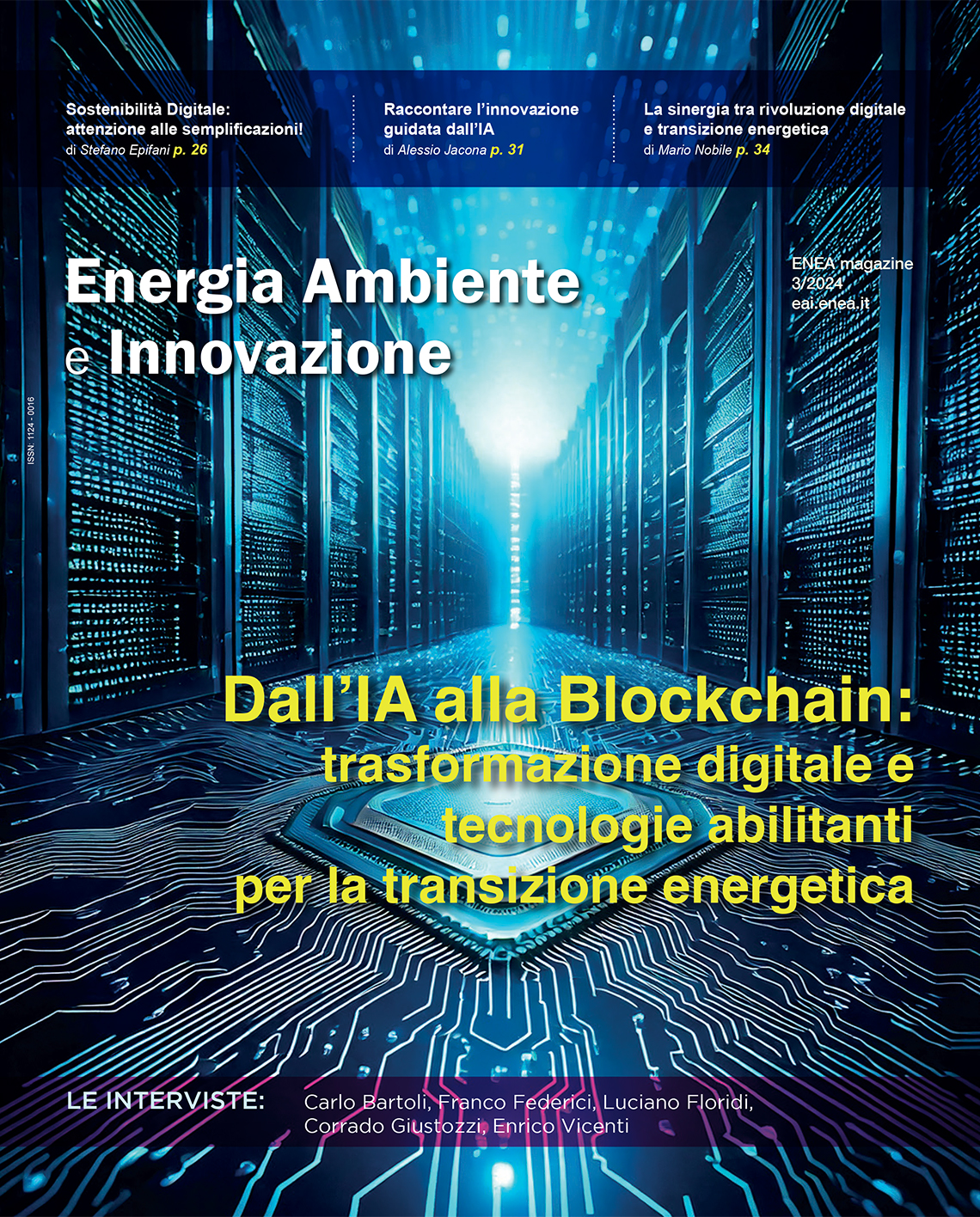Sand liquefaction phenomena induced by the May 2012 Emilia Romagna Earthquake: geomorphological features and relations with the territory and building stability
Elena Candigliota, Francesco Immordino - ENEA, Technical Unit for Seismic Engineering; Guido Martini - ENEA, Technical Unit for Radiation Application Development; Carmela Vaccaro - University of Ferrara
In May 2012, a large area of the Po river plain between the provinces of Ferrara and Modena was affected by a strong seismic event with magnitude greater than 5 (6.1 peak). This portion of the alluvial plain hosts many urban centres and industrial production activities, workshops and intensive farming. This paper describes these phenomena and their relationship with the stability of buildings. In the urban and suburban centres as well as in rural areas, the earthquake caused the collapse of buildings and surface fracturing with sand liquefaction; this phenomenon occurs when a saturated soil devoid of cohesion passes rapidly from solid to liquid state, in conjunction with a strong earthquake. The sand bodies leaked from underground as large flows affecting the agricultural areas and urban centres located on top of old bumps that are found in ancient riverbeds. The seismic events occurred in rural areas have often used the wells and the irrigation network as a way of escape, whilst when on the inside of a building, the sand is likely to have followed escape routes created by human intervention

